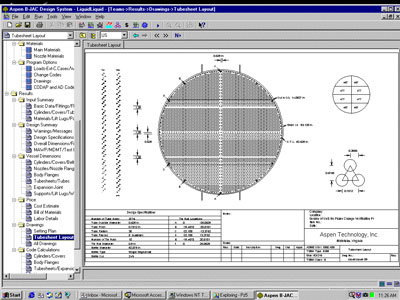

If all of these can be overcome then potentially yes, it remains to be seen if it is achievable, but there is certainly a lot of hard work to be done to get to that point. Ĭore-shell particles have a very attractive attribute in efficiency gains, however can they totally replace traditional fully porous particles? Well there are several limitations, scaling from small 2.6μm to larger 5μm and 10μm particles to provide preparative capabilities, selectivity choices, lifetime, and pH range to name a few. However now it would appear that the A and B terms in the Van-Deemter equation are playing a bigger role than first thought since these core-shell particles can be packed more effectively with smaller ‘dwell-volume’. Initially thoughts were based around the particle size distribution being tighter and the reduced mass transfer. However there is still a steep learning curve for practitioners seeking to know more about the attributes of these particles and the way that the mechanisms operate. ĭue to the mass transfer, reduced band broadening and particle morphology of these core-shells, analysts are utilising these particles effectively to operate at high speed, whilst achieving high resolution, high efficiency separations. Now since various small particles, 1.7μm, 2.6μm, 5μm are commercially available from several manufacturers, the technology has seen an increase in uptake, being one of the most discussed subjects at conferences, the introduction of new core-shell particles and phases outstripping traditional porous particles by 10:1 according to Majors. DuPont first described the technology for use in separations of peptides and proteins back in the 1970’s, but this was utilising relatively large particles sizes and featured lower control over the outer shell thickness than current technology. This can be achieved successfully through a surface grafting technology, Fortis SpeedCore pH Plus, to give a material, which possess an increased lifetime at high pH for basic drug analysis.Ĭore-shell particles for use in HPLC have become the current trend in the last few years, commercially introduced in their current small particle form by Advanced Materials Technology in 2006, they provide the capability for high speed, highly sensitive, rapid separations. One important such development will be the extension of core-shells ability to operate at extremes of pH. What also isn’t in doubt is that manufacturers will continue to expand the offerings available.

There is no doubt that core-shell particles provide very high efficiency separations at reduced backpressures, however quite how these particles work is still the subject of much on-going work and discussion. We pledge to have a dynamic leadership team which promotes our culture of excellence embedded in every employee.This article discusses the use of core-shell particles in terms of the current market trends, where they are and what is next in the evolution of the technology.
#Core shell technology hplc iso
We embrace ISO 9001 standards in our work systems and daily work. Using our novel Fused-Core® particle design, we have challenged conventional wisdom and engineered innovative solutions for the separations community.Īll company operations and functions are proudly located in Wilmington, Delaware, USA with world-wide distribution and accessibility.ĪMT invites a company culture of diversity, respect and pride in delivering quality products. company profileĪdvanced Materials Technology, founded in 2005, has been focused on one mission – Improving the presentation of the sample to the detector. As the realization of SPP benefits became more mainstream, recognized at first by thought leaders and then more universally adopted, ongoing development of the particle morphology has been underway. The challenge of improving the presentation of the sample to the detector is our focus.


 0 kommentar(er)
0 kommentar(er)
